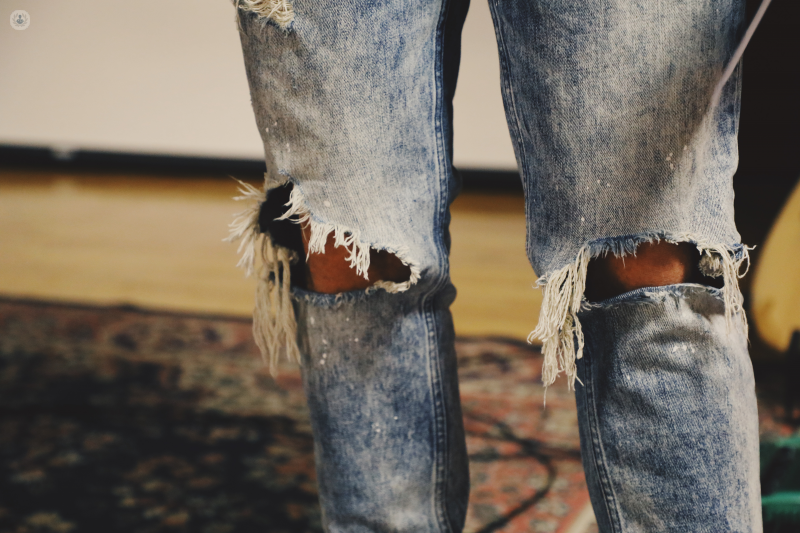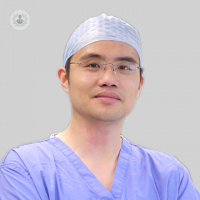Biological scaffolding for knee cartilage regeneration
Escrito por:Regenerative medicine is a modern field of medicine based on the principle of regenerating biological tissue in the patient to replace, repair, and improve cells that have been affected by injury or disease. In order to manipulate tissue regeneration, doctors use biological scaffolds. But what are these devices and how do they work? Sports medicine specialist and expert Professor Paul Lee is here to explain:

What exactly is scaffolding?
Biological scaffolds are support structures made of a specially-designed material that has a very similar structure to the human body in both mechanics and cellular form. They are designed to allow regeneration to happen and enable our body to grow into them. Think of them as a foundation to regeneration and cell therapy.
How did scaffolding emerge as a treatment for knee joint injury?
Based on the principles of regenerative medicine, biological scaffolding has been around for over 40 years. As technology has developed, our understanding of cartilage cells has improved and our ability to create micro-structures has become possible. With the latest nano 3D printing techniques it is now possible to create structures smaller than cartilage cells. These structures can guide cell growth and even affect the way they develop. Without a clear understanding of the foundation and how it interacts with cells, it is not possible to regenerate tissue. With the latest material within the scaffold, we can enhance the power of nature and direct the cells to do what we want them to. This is why biological scaffolding is a great option.
What kind of knee conditions can scaffolding be used to treat?
Biological scaffolds are of great use in combination with cell therapy, for example the 5th generation of cartilage cell treatment, autologous chondrocyte implantation (ACI). It can be used to treat osteoarthritis, sports-related cartilage injury, and even meniscus injuries. There are over 100 different types of biological scaffold on the market, so it is important to understand which one to use for the condition at hand. It requires detailed biological understanding, not just a random choice based on the first page of results on a search engine.
Can it be useful to combine scaffolding with other treatments?
Biological scaffolds can be used on their own or in combination with cell therapy, depending on what we are treating. Different scaffolding biomaterial or cell types can be used. We have had great success with using scaffolding treatment during keyhole surgery to treat cartilage defects.
What should patients be aware of when choosing a clinic that offers scaffolding (e.g. what – if any – standards are followed, techniques used, aftercare given)?
In-depth biological understanding is needed when we use biological scaffolds. I would recommend a discussion with the regenerative medicine consultant, and sometimes, it is also a good idea to get a second opinion. I would look for a surgeon that is dual qualified in sports and orthopaedics; more importantly, they should have some background in cell cultures to make the right choice for you.
Discover more about how regenerative medicine is the future of knee repair
If you are interested in the treatment and would like to book an appointment, visit Professor Lee’s Top Doctors profile.


